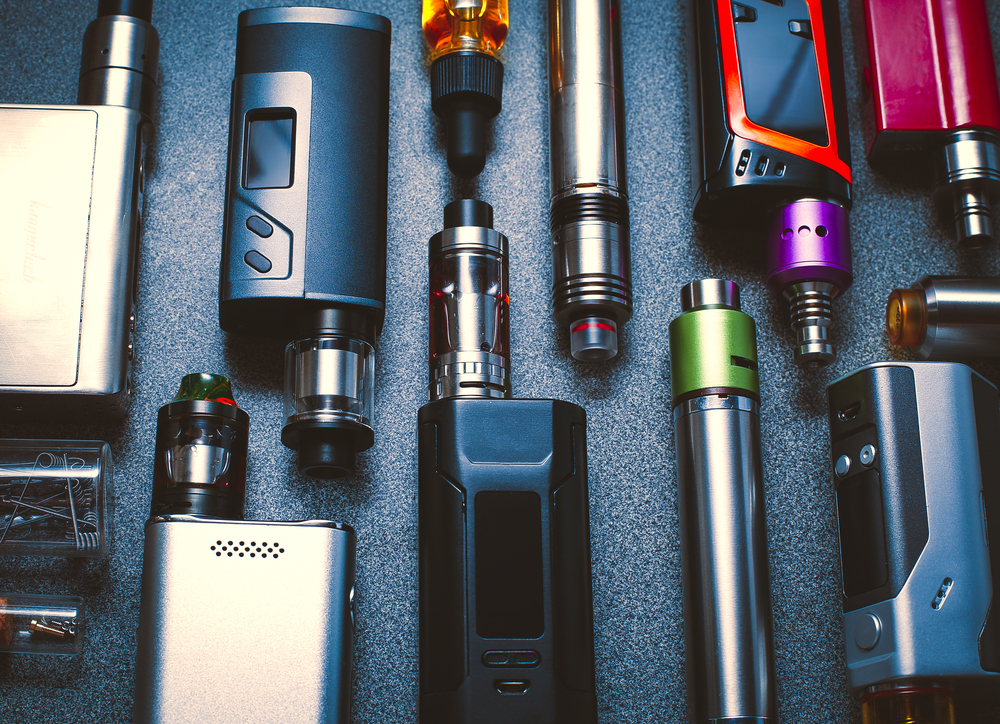The rising trend in vaping, particularly among younger demographics, has prompted urgent calls for regulatory action.
The World Health Organization (WHO), alongside various health authorities, is advocating for stringent measures to govern the use of vapes. This push challenges the prevailing perception of vapes as safer alternatives to traditional cigarettes.
Not only does this address the direct health risks associated with vaping, but it also aims to counteract the aggressive marketing strategies that make these products appealing to a younger audience. With an increasing number of adolescents experimenting with vapes, the need for effective regulation has never been more critical.
Global Trends and Concerns in Vaping
The rise in vaping, especially among the youth, is a significant global health concern. In the United States, the CDC reported that 19.6% of high school students were using e-cigarettes in 2020. This trend is mirrored in Asia, where the Global Youth Tobacco Survey highlights varying rates: in Thailand, 3.3% of adolescents use e-cigarettes, while the Philippines sees a much higher rate of 14.1%.
Contrasting these worrying trends, a study in the New England Journal of Medicine suggests that e-cigarettes could be more effective for smoking cessation than traditional nicotine-replacement therapies, provided behavioural support complements them. These diverse statistics underline the complexity of vaping as a public health issue, combining concerns about youth addiction with potential cessation benefits for adult smokers.
Alarming Increase in Youth Vaping
The increasing trend of vaping among youth is a pressing concern globally, with significant rises observed in countries like Canada and England. According to a comprehensive study reported on PubMed, which analysed data from the International Tobacco Control Youth Tobacco and Vaping Survey conducted between 2017 and 2022, there was a noticeable increase in vaping among youth aged 16–19 years in Canada.
In England, the numbers are equally troubling. A report by Action on Smoking and Health (ASH) revealed that in 2023, 20.5% of children had tried vaping, marking a rise from 15.8% in 2022 and 13.9% in 2020. Of these, 7.6% were current vapers, illustrating a significant increase over a relatively short period. These statistics highlight the urgent need for effective regulatory measures to combat the growing appeal of vaping among younger demographics and mitigate the associated health risks.
Health Risks Associated with Vaping
Recent research underscores the health risks associated with vaping. According to a 2023 statement by the American Heart Association, there is increasing evidence of the harmful effects of e-cigarettes on heart and lung health.
E-cigarettes, which heat a liquid solution to create an inhaled aerosol, often contain nicotine, a substance known for its negative health impacts and strong addictive properties.
Additionally, e-cigarettes may include other harmful substances like THC, methamphetamine, and various chemicals. The statement highlights that nicotine-containing e-cigarettes are linked to acute changes in blood pressure and heart rate. Moreover, ingredients in e-cigarettes, particularly flavouring agents, are independently associated with risks of heart and lung diseases, as evidenced by animal studies and in vitro research.
Diverse International Regulations on Vaping
The regulatory landscape for vaping varies significantly worldwide, reflecting diverse approaches to this public health challenge. As of 2015, approximately two-thirds of major nations have implemented some form of e-cigarette regulation.
In Japan, e-cigarettes are illegal, leading to a market shift towards heat-not-burn tobacco products. In contrast, the UK has opted for stricter controls, treating e-cigarettes more like medicinal products without granting any medical licence for e-cigarette devices as of February 2018.
Brazil, Singapore, Uruguay, and India are among the countries that have banned e-cigarettes outright. Meanwhile, Canada, despite having no regulation for nicotine-containing e-cigarettes by Health Canada as of 2014, saw them commonly available, with regulatory plans announced in 2016.
The European Union revised its Tobacco Products Directive in May 2016, introducing stricter e-cigarette regulations like limiting advertising and nicotine levels in liquids. The United States, through the FDA, extended its regulatory authority over e-cigarettes in August 2016, focusing on product ingredients, health risks, and appeal to minors, including banning sales to minors and requiring photo ID for purchases
The Need for Decisive Action Against Vaping
Given the rising trend of vaping, especially among youth, and its associated health risks, there is a pressing need for decisive global action. The varying approaches to vape regulation across countries underscore the complexity of addressing this issue effectively. While some nations have integrated vaping into public health strategies, others have imposed bans.
The influence of the tobacco industry complicates efforts to establish uniform regulations. However, the growing body of evidence about vaping’s impact, particularly on young people, calls for strong, coordinated policy responses to safeguard public health and prevent future generations from the risks associated with vaping.
References
- E-cigarette Use Among Middle and High School Students — United States, 2020. (n.d.). https://www.cdc.gov/tobacco/data_statistics/mmwrs/byyear/2020/mm6937e1/index.html
- Jane Ling, M. Y., Abdul Halim, A. F. N., Ahmad, D., Ahmad, N., Safian, N., & Mohammed Nawi, A. (2023, February 22). Prevalence and Associated Factors of E-Cigarette Use among Adolescents in Southeast Asia: A Systematic Review. International Journal of Environmental Research and Public Health, 20(5), 3883. https://doi.org/10.3390/ijerph20053883
- Hajek, P., Phillips-Waller, A., Przulj, D., Pesola, F., Myers Smith, K., Bisal, N., Li, J., Parrott, S., Sasieni, P., Dawkins, L., Ross, L., Goniewicz, M., Wu, Q., & McRobbie, H. J. (2019, February 14). A Randomized Trial of E-Cigarettes versus Nicotine-Replacement Therapy. New England Journal of Medicine, 380(7), 629–637. https://doi.org/10.1056/nejmoa1808779
- Hammond, D., & Reid, J. L. (2023, November 8). Trends in vaping and nicotine product use among youth in Canada, England and the USA between 2017 and 2022: evidence to inform policy. Tobacco Control, tc-2023. https://doi.org/10.1136/tc-2023-058241
- Moore, G., Brown, R., Page, N., Hallingberg, B., Gray, L., Maynard, O., McKell, J., & Bauld, L. (2019, November 1). Use of e-cigarettes by young people in Great Britain before and after Tobacco Products Directive. European Journal of Public Health, 29(Supplement_4). https://doi.org/10.1093/eurpub/ckz185.117
- Urgent action needed to protect children and prevent the uptake of e-cigarettes. (2023, December 14). https://www.who.int/news/item/14-12-2023-urgent-action-needed-to-protect-children-and-prevent-the-uptake-of-e-cigarettes
- Current evidence identifies health risks of e-cigarette use; long-term research needed. (n.d.). American Heart Association. https://newsroom.heart.org/news/current-evidence-identifies-health-risks-of-e-cigarette-use-long-term-research-needed














